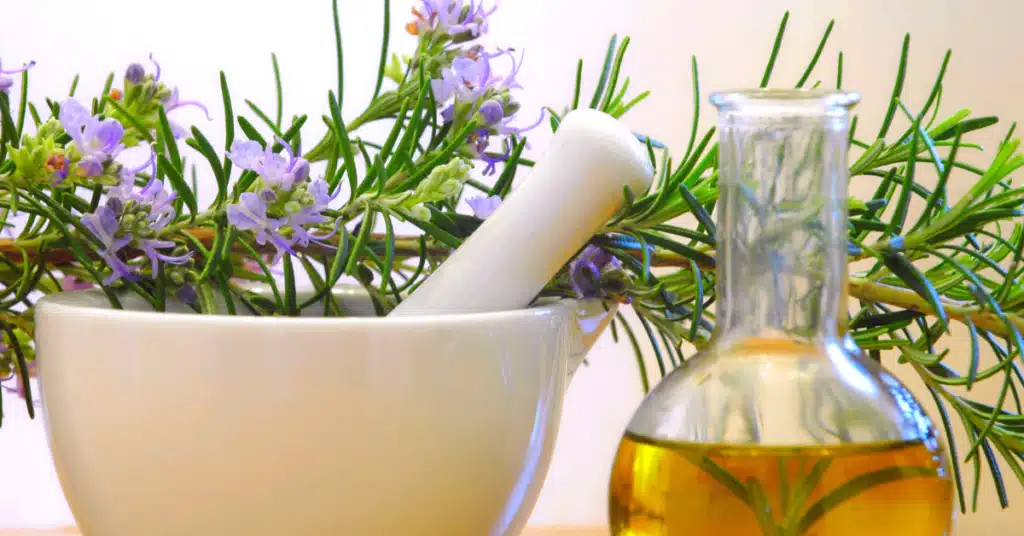How to Sleep Without Damaging Your Hair
Are you waking up with tangled, frizzy, or even broken hair? Your sleep habits might be the culprit. Many seemingly harmless sleeping practices can contribute to hair damage, leading to breakage, split ends, and dullness. Fortunately, with a few simple adjustments, you can protect your precious locks while you sleep. For more in-depth information and products to help you achieve healthy, beautiful hair, visit hairy.cartlab.web.id. We offer a wide range of solutions to cater to all hair types and concerns.
Sleeping is crucial for overall health, including hair health. While you rest, your body repairs and regenerates, which extends to your hair follicles. However, the way you sleep can significantly impact this process. Friction from tossing and turning, pressure points on your hair, and the materials of your bedding all play a role in how your hair looks and feels in the morning.
This comprehensive guide will equip you with the knowledge and strategies to minimize sleep-related hair damage. We’ll explore various methods, from choosing the right pillowcase to adjusting your sleeping position, ensuring you wake up with healthy, vibrant hair every day. Let’s dive in and discover how to sleep without damaging your hair.

1. The Power of the Pillowcase: Silk vs. Cotton

The material of your pillowcase significantly impacts your hair’s health overnight. Cotton, a common choice, is absorbent and can create friction against your hair, leading to breakage, frizz, and tangles. This friction is exacerbated if you toss and turn throughout the night. On the other hand, silk and satin pillowcases offer a smoother surface, reducing friction and minimizing hair damage. The smooth texture allows your hair to glide effortlessly across the pillow, preventing snags and breakage.
-
Silk Pillowcases: These are generally considered the best option. Silk is naturally hypoallergenic and less absorbent than cotton, preserving your hair’s natural oils and moisture. This is especially beneficial for those with dry, damaged, or curly hair. The smooth surface minimizes friction, preventing breakage and frizz.
-
Satin Pillowcases: A more affordable alternative to silk, satin pillowcases also offer a smooth surface that reduces friction. However, they may not be as breathable or durable as silk.
-
Cotton Pillowcases: While convenient and readily available, cotton pillowcases are the least ideal for hair health. The absorbent nature can strip your hair of its natural oils, leading to dryness and breakage. The rougher texture also contributes to friction and tangles.
Choosing a silk or satin pillowcase is a simple yet highly effective step in your journey to how to sleep without damaging your hair.
2. Protecting Your Hair Before Bed: Braiding and Styling Techniques

Before hitting the hay, preparing your hair is crucial. Simply letting your hair loose can lead to significant tangling and breakage. Instead, consider these protective styling techniques:
-
Loose Braids: A loose braid, such as a French braid or a simple three-strand braid, keeps your hair contained and prevents tangling. Avoid braiding too tightly, as this can cause breakage and scalp tension.
-
Low Bun: A loose low bun is another excellent option. Secure it gently with a scrunchie or a soft hair tie to avoid pulling or breakage.
-
Protective Hairstyles: If you have longer hair, consider protective styles like loose twists or Bantu knots. These styles keep your hair neatly tucked away, reducing friction and minimizing damage.
-
Hair Wraps: A silk or satin hair wrap can further protect your hair from friction. Wrap your hair loosely before bed to minimize tangling and maintain your hairstyle.
Remember, the goal is to minimize friction and tension. Tight hairstyles can actually cause more damage than leaving your hair loose. Experiment with different techniques to find what works best for your hair type and length. This is a key aspect of understanding how to sleep without damaging your hair.
3. The Importance of Hydration: Pre-Sleep Hair Care Routine

Hydrated hair is less prone to breakage and damage. Before bed, incorporate a pre-sleep hair care routine to ensure your hair is properly moisturized:
-
Gentle Cleansing: Wash your hair gently with a moisturizing shampoo and conditioner suited to your hair type. Avoid harsh sulfates and silicones that can strip your hair of its natural oils.
-
Deep Conditioning: Once or twice a week, apply a deep conditioner to replenish moisture and repair damage. Leave it on for the recommended time before rinsing thoroughly.
-
Hair Oil or Serum: Apply a lightweight hair oil or serum to the ends of your hair to seal in moisture and protect against breakage. Argan oil, coconut oil, and jojoba oil are all excellent choices. For more tips on maintaining healthy hair, check out our guide on “How to Keep Curly Hair Hydrated All Day” at hairy.cartlab.web.id/how-to-keep-curly-hair-hydrated-all-day.
-
Leave-in Conditioner: A leave-in conditioner can provide additional moisture and protection throughout the night.
By prioritizing hydration, you create a protective barrier against friction and dryness, significantly reducing the likelihood of hair damage during sleep.
4. Sleeping Positions and Habits: Minimizing Pressure and Friction

Your sleeping position plays a crucial role in hair health. Certain positions can create pressure points and increase friction, leading to breakage and tangles.
-
Sleeping on your back: This is the ideal position as it minimizes friction and pressure on your hair.
-
Sleeping on your side: If you’re a side sleeper, try to switch sides throughout the night to distribute pressure evenly. Consider using a body pillow to create a barrier between your hair and the pillow.
-
Avoiding tossing and turning: While difficult to control completely, try to minimize tossing and turning by creating a comfortable and cool sleep environment.
-
Loose clothing: Avoid tight clothing or head coverings that can pull or strain your hair while you sleep.
Understanding your sleeping habits and making conscious adjustments can significantly impact the health of your hair.
5. Addressing Underlying Hair Issues: Breakage and Prevention

If you’re experiencing persistent hair damage despite following these tips, there may be underlying issues requiring attention. Factors like nutritional deficiencies, hormonal imbalances, or scalp conditions can contribute to hair breakage.
-
Consult a dermatologist or trichologist: If you suspect an underlying medical condition, consult a dermatologist or trichologist for a professional diagnosis and treatment plan.
-
Healthy diet: Ensure you’re consuming a balanced diet rich in protein, vitamins, and minerals essential for healthy hair growth.
-
Scalp massage: Regular scalp massage can stimulate blood circulation, promoting hair growth and health. Learn more about this beneficial practice in our article, “How to Massage Your Scalp for Better Hair” at hairy.cartlab.web.id/how-to-massage-your-scalp-for-better-hair.
Addressing underlying issues is crucial for long-term hair health. For more information on hair breakage and prevention strategies, please visit our comprehensive guide: “The Truth About Hair Breakage and How to Stop It” at hairy.cartlab.web.id/the-truth-about-hair-breakage-and-how-to-stop-it.
Conclusion:
Protecting your hair while you sleep doesn’t require drastic measures. By implementing the strategies outlined above, you can significantly reduce hair damage and wake up with healthier, more vibrant hair. Remember, consistency is key. Making these small changes to your sleep routine and hair care regimen will contribute to long-term hair health and beauty. For more tips and tricks on achieving your best hair, visit How to Sleep Without Damaging Your Hair.









Comments